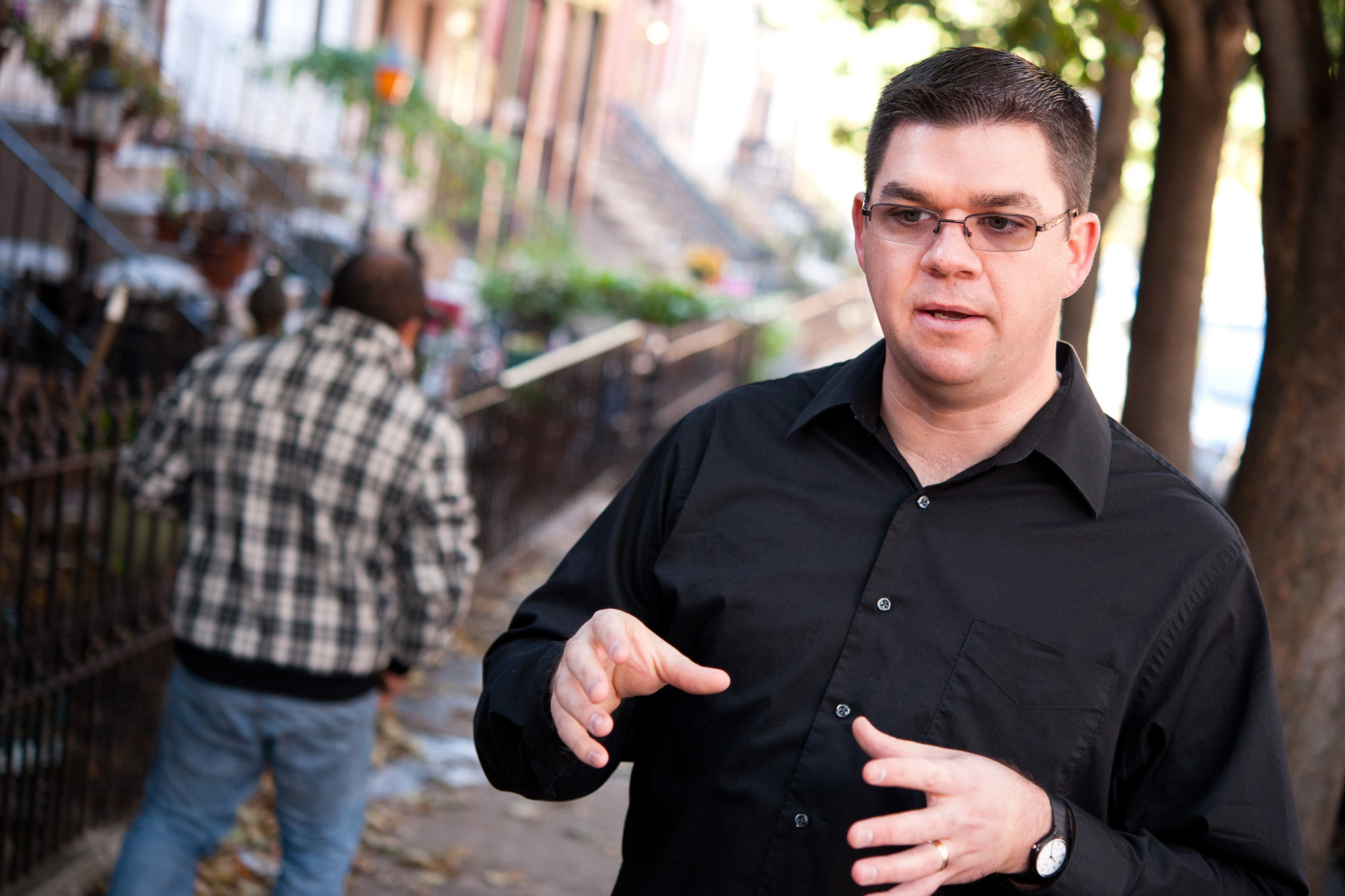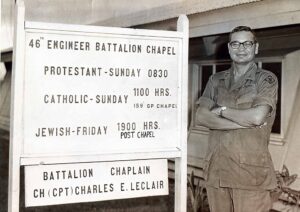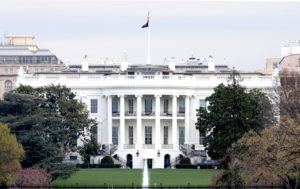
EDITOR’S NOTE: For a short video about “ethnéCITY,” click here https://media1.imbresources.org/files/141/14157/14157-79262.mp4
NEW YORK (BP) — Your average rural pastor might not willingly sample the high-octane cuisine at Curry In A Hurry Restaurant in Manhattan’s bustling Little India.
Chris Turpin isn’t your average rural pastor.
Turpin, 34, survived the spicy lunch. He also learned about multiple cultures as he walked the neighborhood and introduced himself to strangers on a windy October day.
“I’m in New York City for the first time,” said Turpin, pastor of Donaldson Baptist Church in Farmersville, a tiny community near Princeton, Ky. “It’s overwhelmed me — all the sounds, all the sights, all the people.”
But he’s no country boy visiting the big city just to gawk. Turpin’s congregation of 120 already ministers to immigrants and Mexican migrant workers in Caldwell County (population about 13,000) and sends mission teams to Mexico. He has a longer-range vision to extend that ministry to the rapidly expanding ethnic populations of urban areas within driving distance in Kentucky and Tennessee.
Turpin joined more than 150 other pastors, lay leaders, Southern Baptist state convention and associational workers and North American and international missionaries at the first “ethnéCITY: Reaching the Unreached in the Urban Center” event, Oct. 20-22 at Park Slope Community Church in Brooklyn. Participants heard from some of Southern Baptists’ top mission strategists focusing on cities in North America and the rest of the world, traded ideas in dialogue sessions — and joined one of 15 team “excursions” into multiethnic neighborhoods within a subway ride of the church in metro New York.
“This is one of the first steps I’ve taken as pastor to see what is out there and what we could do to be involved in helping to reach some of the people in the cities,” Turpin said. “God is bringing the nations to us, so we need to begin to think about what we can do to reach the nations within our own borders. We send people overseas to reach people groups, and we ought to do that. But we’ve also got to reach the people God has brought right to us.”
If statistics are any indication, God has brought many of the world’s peoples to North America’s cities.
New York is the ultimate case in point. The metropolitan area is home to about 22 million people; they speak as many as 800 languages. Two-thirds of them are first-generation immigrants or their children. At least 700,000 Russian speakers live in New York; 2 million Jews; 800,000 Muslims; and 400,000 Hindus. Some 60 West African mosques are said to meet in the city. The sheer number, variety and ever-changing mixture of cultures found in the metro region boggle the mind.
But the ethnic diversification of North America’s cities now extends far beyond New York and the other big coastal gateways that traditionally have welcomed immigrants and refugees.
“Many of these immigrants are not going to L.A. and Chicago and New York, but to smaller and mid-sized cities” in the South and Midwest, said Terry Sharp, IMB lead strategist for state and association relations and urban strategies. “Churches keep saying to us, ‘We’re discovering that these same people groups that we are trying to reach overseas have come to our neighborhood.'”
According to current mission research, nearly 600 unengaged, unreached people groups can be found in North America — many of them in urban areas: They haven’t heard the Gospel in ways they can understand it and respond to it, and no evangelical group currently has a viable plan to reach them. Up to eight of every 10 refugees resettled in the United States come from unreached areas of the world.
With guidance from urban specialists based in North America and across the world, ethnéCITY participants focused on topics including: urban mapping to understand the demographics involved in reaching people groups; effective ways to spark urban church-planting movements; tips for getting started; casting an urban vision in churches; networking with others committed to urban ministry; reaching international students; and how IMB missionaries and U.S. churches/ministry leaders can partner to reach peoples at home and around the world.
Following each session, attendees huddled in small groups to consider key questions and brainstorm answers.
Lyman Alexander, director of missions for the East Bay Baptist Association in the San Francisco Bay area, faces the challenge of ministry amid a bewildering array of cultures. “In one city, Fremont, we have 150 languages spoken, and we have only 19 1anguages represented in our entire association of churches,” Alexander said. “So we have a great task ahead of us.”
Alexander believes that a tool he discovered at ethnéCITY will help in the task: “T4T” (Training for Trainers), a simple method of training lay disciples who in turn train others to start churches. The method has been used widely by international missionaries and their partners to exponentially multiply church planting.
“We always thought that we’d have to find a [professional] church planter that spoke a particular language and try to plant a church among them,” Alexander said. “Now, I’m seeing that we can find a person who speaks English and that language, and train them how to do it in a simple process. That’s something that I’m excited about taking back and using among the people in the East Bay.”
Derick Mehboob, a Pakistani-American who quit his job as a taxi driver to start a multilingual church in Brooklyn, likes T4T as well.
“We have always been thinking to bring people to the church, not going to people,” he said. “But now we are learning to go to people in their environment, in their setting. If it is working in Bangladesh, if it is working in Pakistan, if it is working in India, it will probably work here, too.”
Those kinds of connections excite Sharp.
“We’re hearing some best practices and strategies from missionaries who are serving globally as well as in North America, so hopefully we’re equipping [leaders] to go back home and develop strategies to reach their cities, and especially the people groups in the cities,” Sharp said. “The other exciting thing to me is cross-pollination. Yesterday, one guy said he was so excited because he is working with a specific people group, and he’s already run into two other people who are working with that same people group. He had never met them before, and there was just that synergy of having a heart for this people….
“It’s a learning lab. It’s an opportunity to learn from one another and develop networks that will help them reach the people groups that God’s called them to.”
Co-sponsored by IMB and the North American Mission Board, ethnéCITY is the first tangible expression of a new partnership between the two mission entities — reflecting the reality that national borders no longer define the task of missions in a globalized world. Two more ethnéCITY conferences are set for Nov. 17-19 in Houston, a major U.S. immigration portal, and May 3-5 in Vancouver, one of Canada’s major urban centers. To find out more or register, visit www.ethnecity.com.
The New York event dovetailed with one of NAMB’s “Catch the Vision” tours, part of its “Send North America” church-planting strategy. Mission leaders and church members met church planters in New York Oct. 18-19, toured neighborhoods and heard their vision for reaching people groups.
Shane Critser, NAMB’s church mobilization team leader, noted, “Having the ethnéCITY conference in New York provided a great environment for churches to realize the great opportunity we have to plant churches among all the peoples of the earth right here in North America, as well as showing the churches how their strategy to work around the world can be connected to their church-planting strategy in their backyard. NAMB is looking forward to our partnership with the IMB to better assist our churches in this great endeavor.”
–30–
Erich Bridges is a global correspondent for the International Mission Board.














